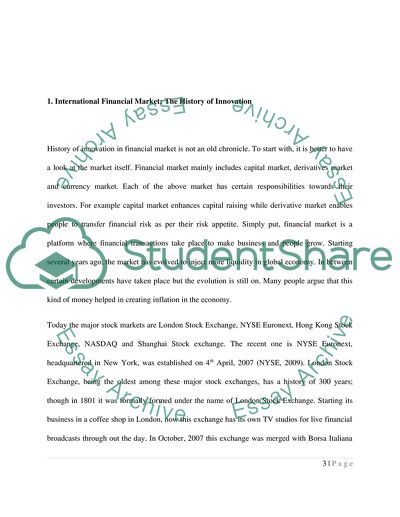Cite this document
(“International Financial Market And Modern Capitalism Case Study - 1”, n.d.)
International Financial Market And Modern Capitalism Case Study - 1. Retrieved from https://studentshare.org/finance-accounting/1731160-internation-financial-markets
International Financial Market And Modern Capitalism Case Study - 1. Retrieved from https://studentshare.org/finance-accounting/1731160-internation-financial-markets
(International Financial Market And Modern Capitalism Case Study - 1)
International Financial Market And Modern Capitalism Case Study - 1. https://studentshare.org/finance-accounting/1731160-internation-financial-markets.
International Financial Market And Modern Capitalism Case Study - 1. https://studentshare.org/finance-accounting/1731160-internation-financial-markets.
“International Financial Market And Modern Capitalism Case Study - 1”, n.d. https://studentshare.org/finance-accounting/1731160-internation-financial-markets.


